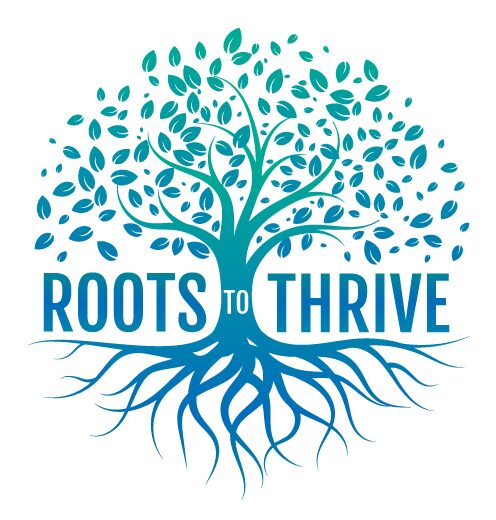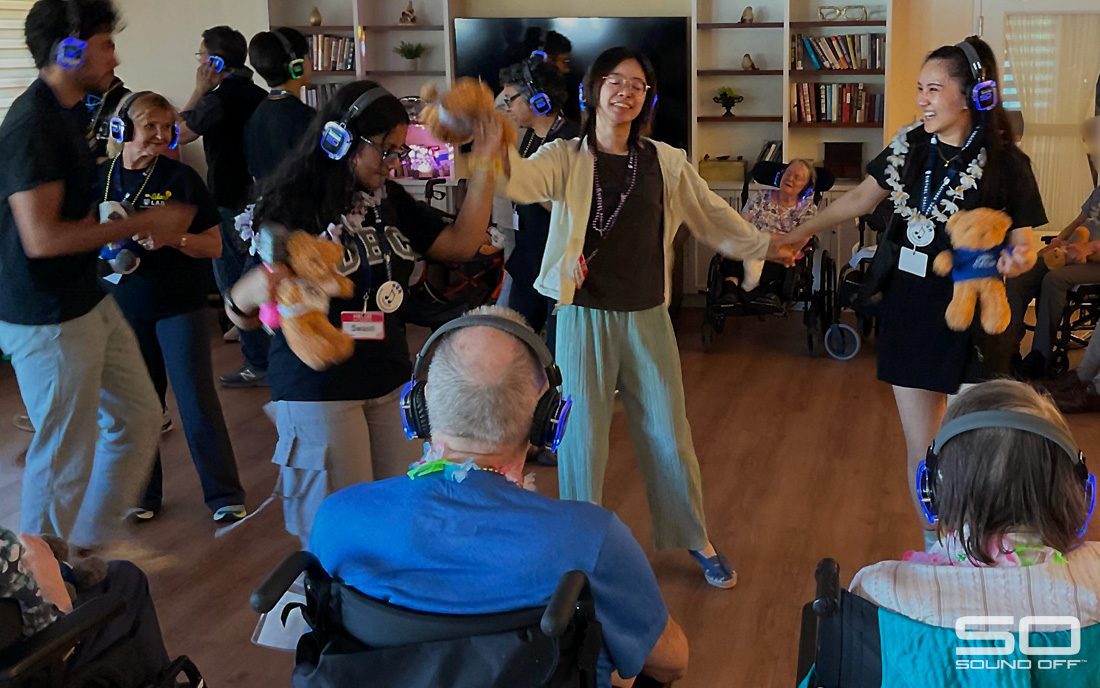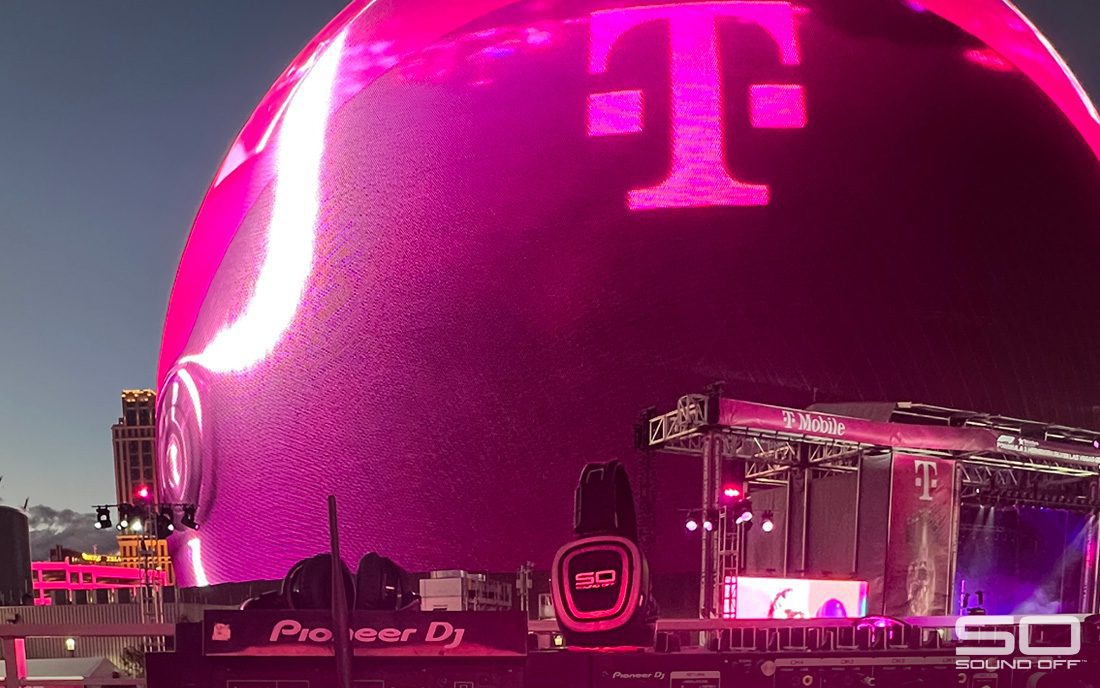
SOUND OFF® STORIES: ROOTS TO THRIVE’S INNOVATIVE THERAPY
One of the most exciting developments in mental-health therapy these days involves the administration of psychedelic substances in professionally supervised settings, and it’s a treatment that often yields startlingly significant results.
We spoke to Phil Dames, Lead of Operations & Organization Steward at Roots to Thrive (a nonprofit society based on Vancouver Island in British Columbia) about how RTT incorporates Sound Off™ technology into their psychedelic-therapy treatment of patients suffering from anxiety, depression, PTSD, and more.
First off, what makes psychedelic-assisted therapy so effective?
Phil Dames: In our day-to-day lives, we’re operating in our heads a lot, so our ego and our thinking brain are quite active. In a psychedelic-assisted session, the ego essentially quiets down and you’re able to experience things the way they’re meant to be experienced, without your head distracting you by telling you a story that it has created.
Because of this, psychedelic-assisted therapy is a fantastic tool to process trauma, which is mainly how we’re using this particular therapy. It helps patients process unresolved trauma that they can’t easily access on a day-to-day basis because it does not feel safe. In a psychedelic-assisted therapy session, one is able to approach past memories or experiences from a more secure perspective — this way, one is able to process what needs to be processed, move through it in a good way, and clear it.
Please tell us about Roots to Thrive and the work that is done there.
PD: Our nonprofit society focuses on maintaining a community of practice programming with our participants while using psychedelics as an adjunct to group therapy. All of our programs at RTT operate on a cohort basis and in a community of practice. All of the weekly meetings and medicine sessions are within the same small group. We really, truly believe that authentic connection with self and with others — an authentic, open and honest connection — is pure medicine. We are finding that in co-creating these spaces of unconditional positive regard, participants are able to show up as themselves and be accepted and revered. In these spaces we see PTSD, depression, and anxiety symptoms significantly decreased.
We are privileged to have incredible partnerships with Vancouver Island University (where there is an educational program and research arm) and Snuneymuxw First Nation from whom we continue to learn so much about the importance of relationships, connection to the land, and Indigenous Ways of Knowing.
Could you describe how group therapy is structured at RTT?
PD: We operate on a cohort basis, with three cohorts of forty patients per year. Each cohort is divided into groups of eight, and these groups experience a two-hour weekly virtual group session and three in-person ketamine-assisted therapy group sessions within a twelve week period. (Ketamine is legally permitted for therapeutic use in Canada.) Each of the small groups stays together for the full twelve weeks. A therapist and a nurse facilitate every session.
Do you use any other psychedelics in group therapy besides ketamine?
PD: In some cases, we offer psilocybin-assisted therapy in the group model, too. If the patient has received a terminal diagnosis in Canada, they can receive a legal, government-approved psilocybin-assisted therapy session through what’s called a Section 56 exemption or through the Special Access Program (SAP). The SAP process allows doctors to apply for the use of certain drugs to treat serious or life-threatening illnesses, including depression.
What kind of results are you seeing from RTT’s twelve-week programs?
PD: The published data through our third cohort shows that of those who screened positive for generalized anxiety disorder, 91% went into a milder category or had significant clinical improvements; of our patients with depression, 79% went into a milder category or had significant improvements; for the PTSD patients, 86% screened negative after the program — in other words, they were clinically cured. (Read the case report article here.)
Our first cohort began in September of 2020 and focused on healthcare workers who were experiencing burnout from the stress of the pandemic. Since then, we’ve expanded to include anyone eligible for our program, whether they work in healthcare or not.
How is music important in psychedelic-assisted therapy?
PD: Under the influence of a psychedelic and with the right intentions, your brain is very present and aware of what it’s listening to. Music becomes the soundtrack of the experience, and patients can feel as though they become one with the music — but it has to be the right kind of music. I build the playlists for the program: Ketamine-therapy playlists may feel more upbeat and ambient, whereas psilocybin-therapy playlists are slower, with more of a classical or neoclassical sound. The playlists’ length mirrors the duration of the medicine in a session, so ketamine playlists last two hours and psilocybin playlists last six hours. Each of the three psychedelic-assisted sessions within a program has a different playlist.
How do you use Sound Off’s headphone technology in a psychedelic-assisted group therapy session?
PD: The sessions take place in a large room, with mats in a circle on the floor. Next to each mat is a basket holding a pair of Sound Off headphones. The patients lie on the mats under weighted blankets, medicine is ingested or administered, and the patients put on the headphones and an eye mask. The playlist that streams through the headphones is synced up to stream through speakers in the room as well — we use a Sound Off transmitter for that. We have two rooms of sessions happening simultaneously, so we use the LED lights on the headphones to identify the groups. For example, we have a red room and a blue room in session at the same time.
How does it benefit your program to use headphones as opposed to solely streaming music through speakers?
PD: Ketamine therapy especially is very much an internal journey, where the patient goes within, processes what needs to be processed, and sits with whatever comes up. We want them to feel like they can let go of all distractions so they can get the most out of that inner experience. If, for example, someone next to you is crying and processing a difficult emotion (which is a process we encourage), we want you to be able to stay within your own journey and not get pulled out of it. So, Sound Off noise-isolating headphones are crucial to the ideal ketamine-assisted therapy experience.
Why are your playlists synced up to both headphones and speakers?
PD: Mainly, we do that because there’s a transition in the music toward the end of the session. The patient hears a calming, lullaby-type sound, then a bell rings, and then upbeat music starts playing to help pull them gradually out of their experience. They can take the headphones off when they’re ready and still hear the music for a seamless transition from the psychedelic inner experience into a group-debrief talking circle.
What kind of feedback have patients given you about using Sound Off headphones during psychedelic-assisted therapy?
PD: Many patients have referred to the headphones as a game-changer — especially for those who’ve experienced psychedelic-assisted therapy without that technology in the past. Overall, our patients agree that it’s very important to use the Sound Off headphones in the sessions, and that they are a great addition and enhance the experience. Patients also really appreciate how easy it is to adjust the volume right on the headphones while they’re in the midst of the experience. The comfort is a factor too because the headphones fit well and feel good, as opposed to earbuds that could fall out of your ears and disrupt your experience.
The facilitators love the Sound Off technology as well since there’s never a problem with setup, it’s incredibly easy to use, and it helps provide a meaningful inner experience during each psychedelic-assisted session.
What is your vision for the future of Roots to Thrive and psychedelic-assisted therapy?
PD: My hope is that some day we’d have our own psychedelic-assisted healing center where our programs would be covered by the medical system. We want this therapy to be available for everyone who needs it, not just for those who can afford it. The research data is hard to argue with, so I hope that this therapy becomes more mainstream and a more accepted form of medication and treatment, because so many people could really benefit from it in profoundly significant ways.





